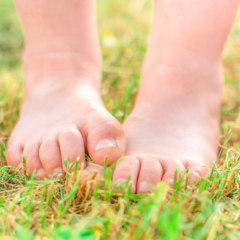
Athletes Foot, Biomechanics, Flat Feet, Fungal Nail Infections, Ingrowing Toenails, Muscle-skeletal, Severs Disease
Common Childhood Foot Problems and How Dulwich Podiatry Can Help
At Dulwich Podiatry, we understand that your child’s foot health is essential to their overall well-being and development. Early intervention is crucial, as many childhood foot problems are hereditary or develop as the child grows. By addressing these issues early, we can help correct them before they become permanent. Understanding Normal Foot Development When children
Continue Reading.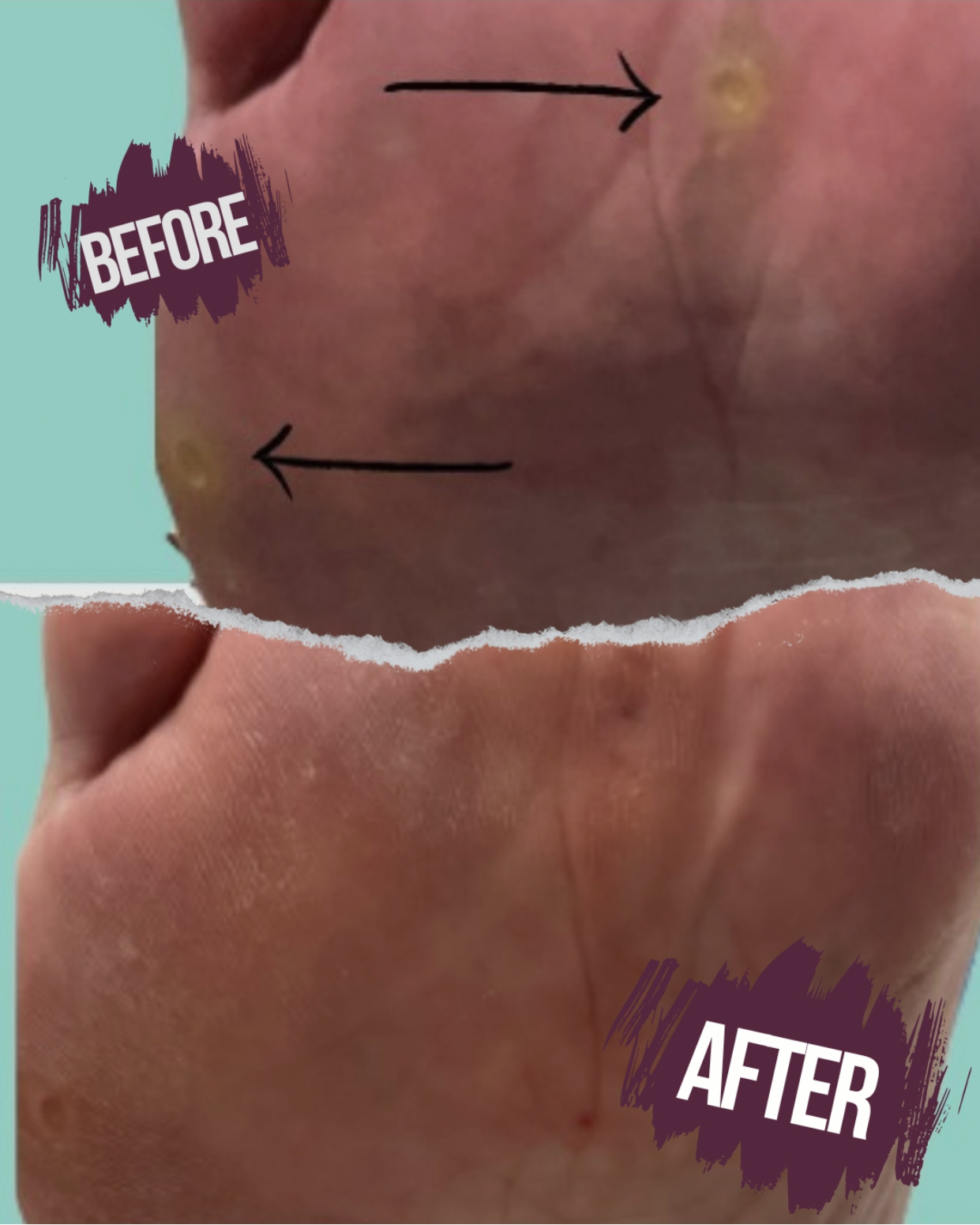
Corns and Callus
Curacorn® – an answer to painful corns
By Michaela Shaw Painful corns can make even the simplest task uncomfortable. But there’s a new treatment that can help which will provide long-lasting relief: Curacorn®. What is Curacorn®? Curacorn® is a unique podiatry treatment that uses injectable hyaluronic acid strong gel to help with painful foot conditions like corns and calluses. Hyaluronic acid is
Continue Reading.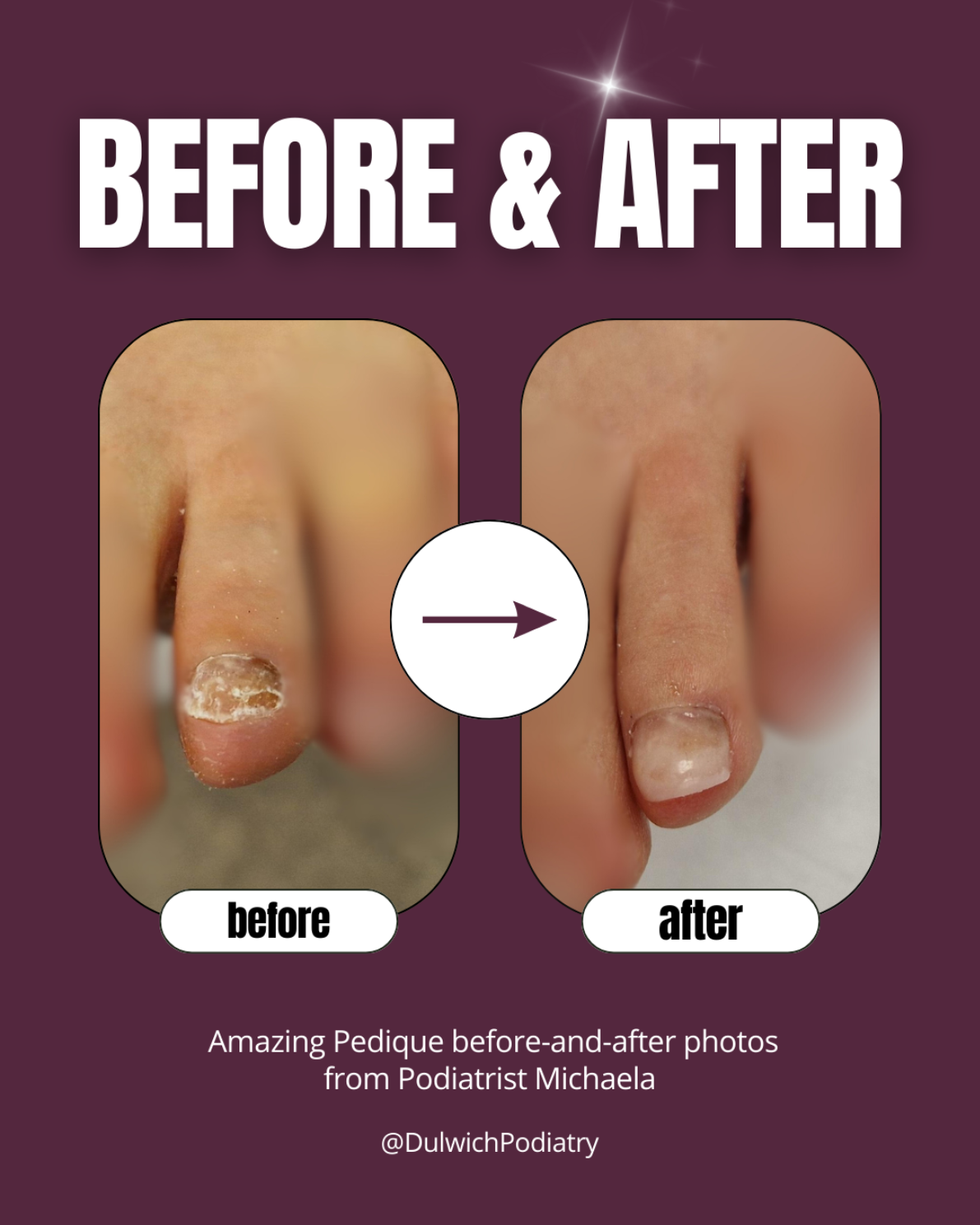
Advice, Damaged and Discoloured Toenails
Wilde Pedique
By Michaela Shaw Problems affecting the toenails are a common concern affection millions worldwide. From fungal infections to trauma related damage, affected toenails can cause discomfort, pain and embarrassment for patients. If you are worried about damaged or unsightly toenails we offer a treatment called Wilde Pedique Nail Reconstruction that offers a solution for restoring
Continue Reading.
Athletes Foot, Podiatric Dermatology
When is a foot rash NOT Athletes Foot
Our skin is the largest organ in the body and is incredibly versatile. It serves as a protective barrier, regulates temperature, and communicates with the world. However, it’s also susceptible to a variety of conditions including Athlete’s Foot, Eczema, and Contact Dermatitis. While these conditions can share some symptoms, they each have distinct causes and
Continue Reading.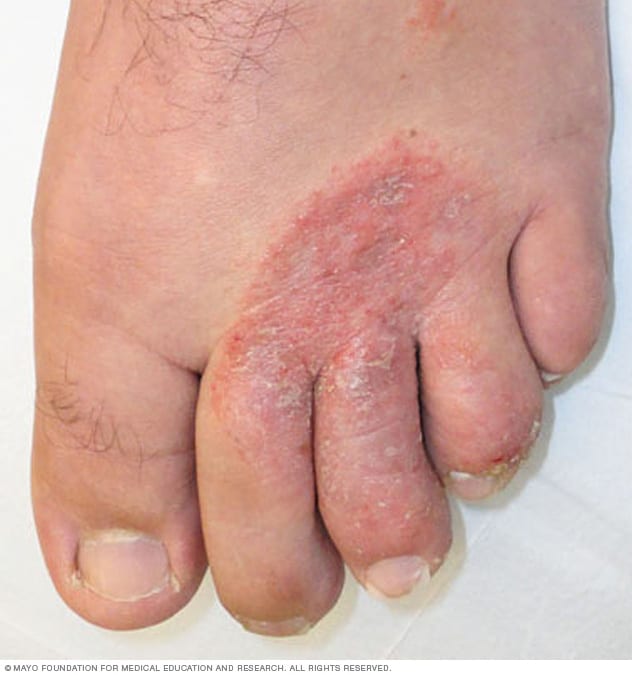
Advice, Athletes Foot, Podiatric Dermatology
Athlete’s Foot: What You Need to Know
Athlete’s foot is a common fungal infection that affects the skin of the feet. It is caused by a fungus that thrives in warm, moist environments. Athlete’s foot can cause a variety of symptoms, including itching, burning, scaling, and cracking of the skin. In some cases, Athlete’s foot can also lead to blisters or a
Continue Reading.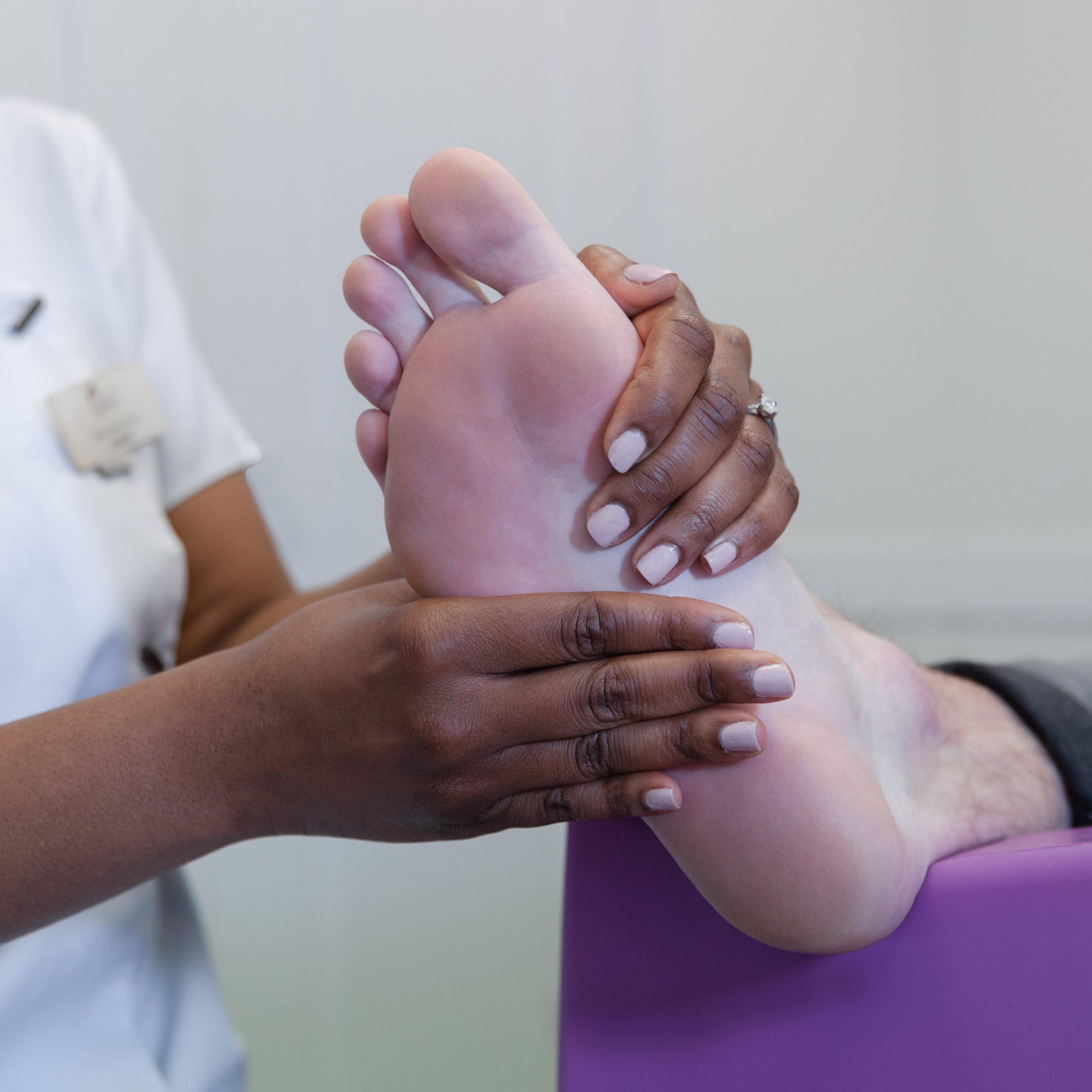
Musculo-skeletal podiatry, Podiatric Dermatology
When my feet hurt, which appointment type do I need?
Painful feet can put a drain on your whole body, causing you to walk differently, putting additional strain on other muscles and joints. Sometimes the cause is obvious: a corn or an ingrowing toenail is visible and, even if you need help to treat it, you understand where that pain is coming from. It can
Continue Reading.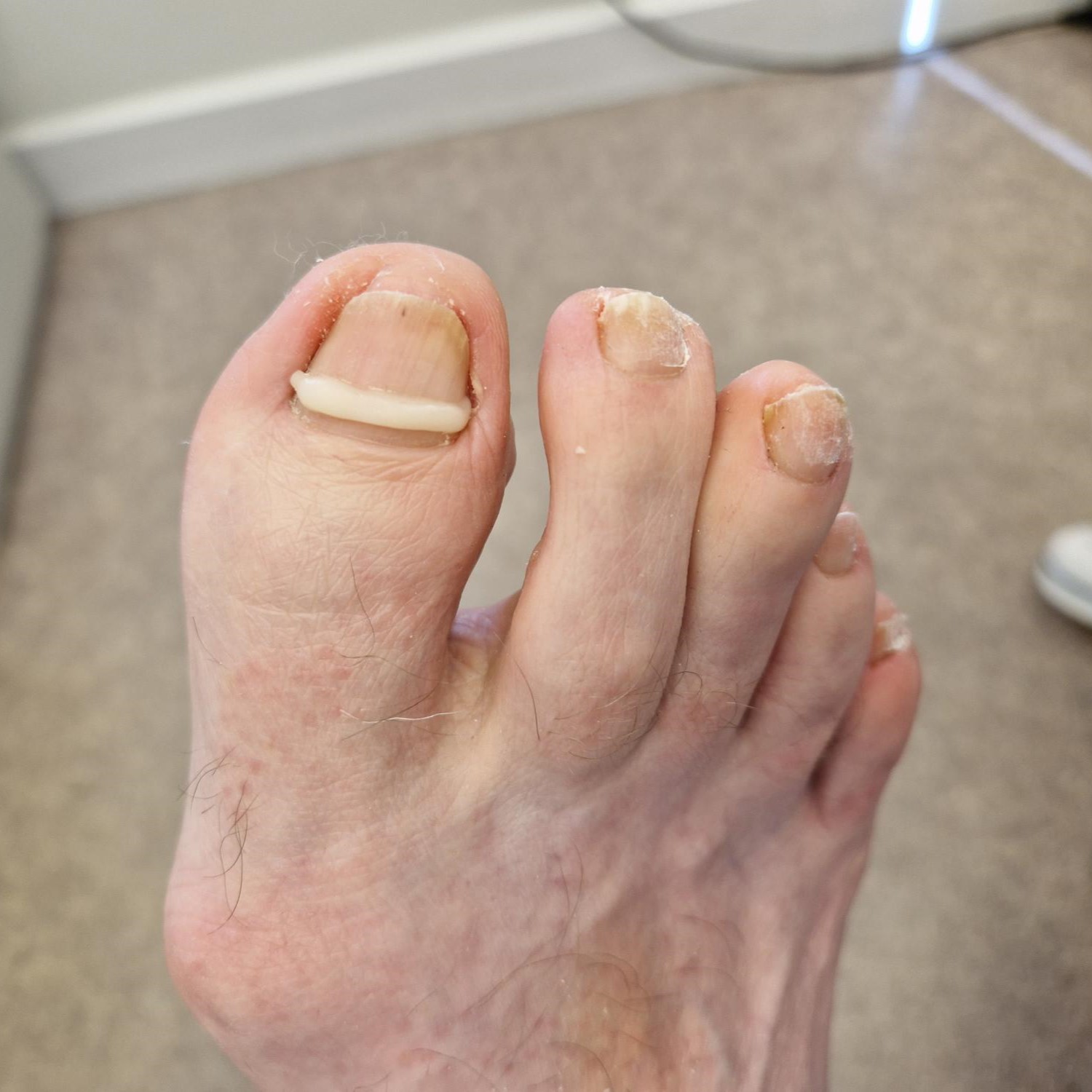
Ingrowing Toenails
Alternatives to Nail Surgery
If you suffer from an ingrown toenail but are unable to have nail surgery due to health concerns, needle phobia or a busy lifestyle, we are pleased to tell you that there are alternative treatments that don’t have to involve nail surgery. Onyfix is one of the surgery-free solutions that our podiatrists use to treat
Continue Reading.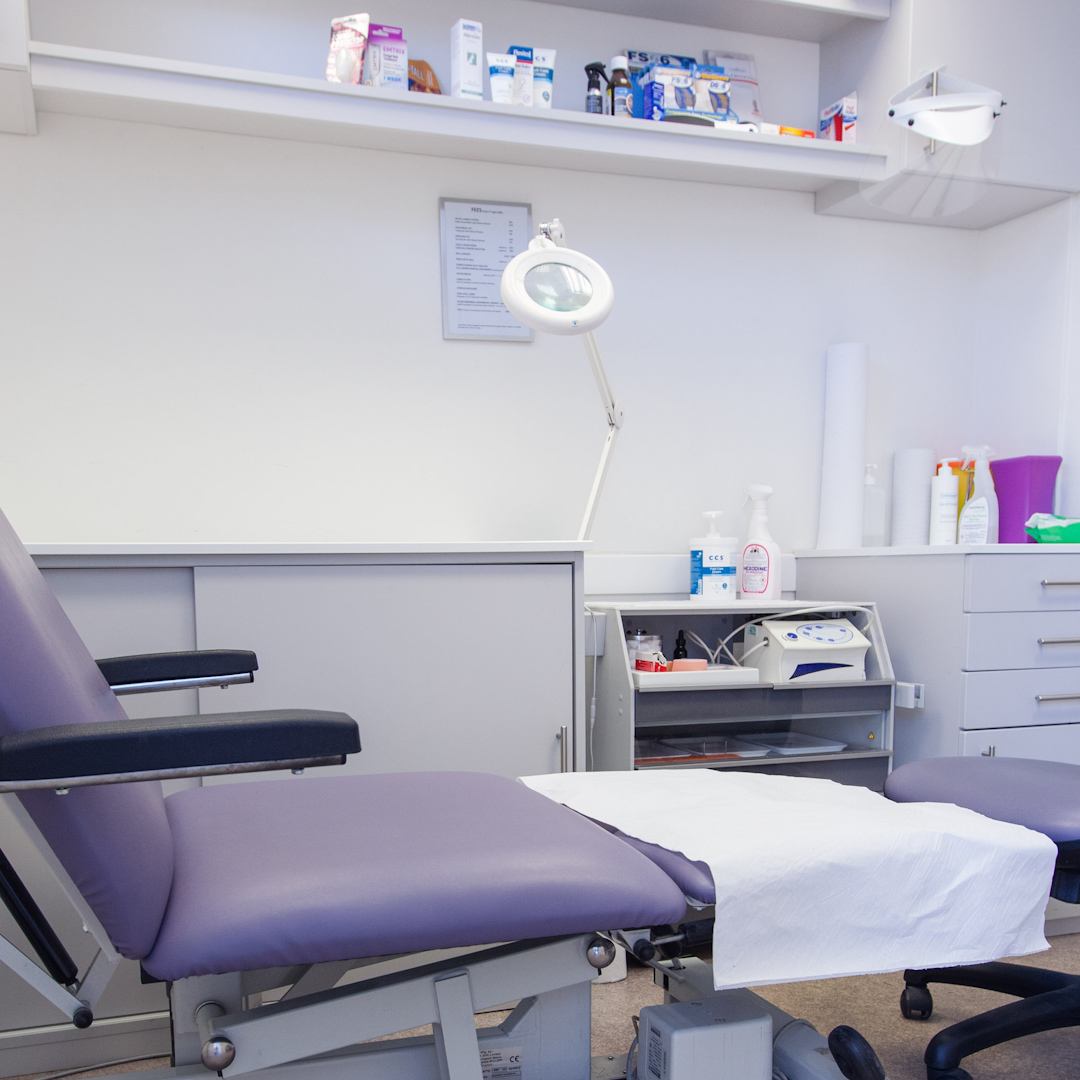
Ingrowing Toenails, Musculo-skeletal podiatry, Plantar Fasciitis, Podiatric Dermatology, Verrucae
When podiatrists use local anaesthesia
Local anaesthesia is a medication that numbs a targeted area of the body and is commonly used to prevent pain during medical procedures or operations. You may have heard of local anaesthesia before, or even had it used on you previously during a medical procedure. At Dulwich Podiatry, our podiatrists use local anaesthesia when treating
Continue Reading.
Damaged and Discoloured Toenails, Podiatric Dermatology, Skin Conditions
The most common skin and nail conditions in BAME skin
By Michaela Shaw This month, in honour of Black History Month, we will be looking at skin and nail conditions that are most common in the Black, Asian and Minority Ethnic (BAME) community, plus a celebrity case study. Hyper and hypopigmentation Hyperpigmentation means that the skin looks darker than normal. This is the
Continue Reading.
Achilles Tendinitis, Corns and Callus, Musculo-skeletal podiatry, Plantar Fasciitis
Run, Run As Fast As You Can
By Jack Eastwood This month we are going to focus on a few common injuries that happen during or after running as well as also what makes a good running shoe. Running can be a great way to stay fit and healthy and can be tailored to any experience level. Blisters: Blisters develop
Continue Reading.
